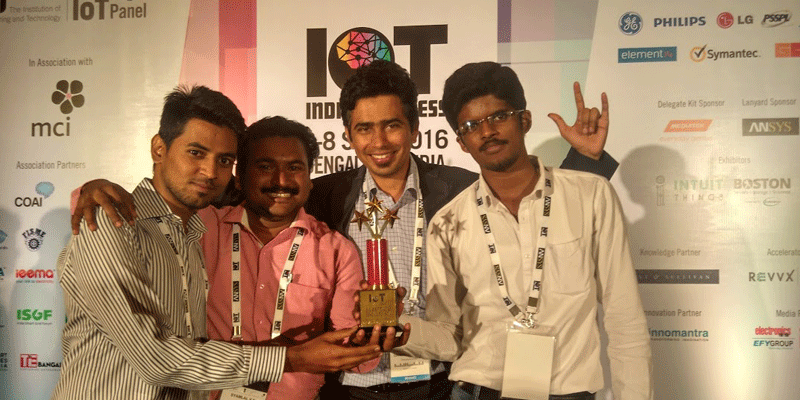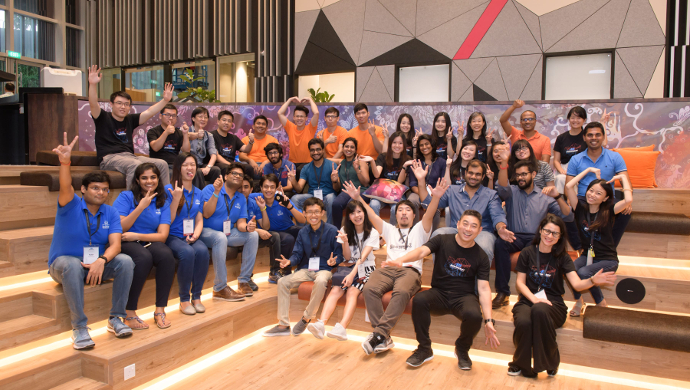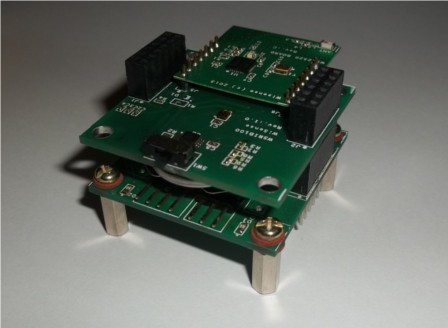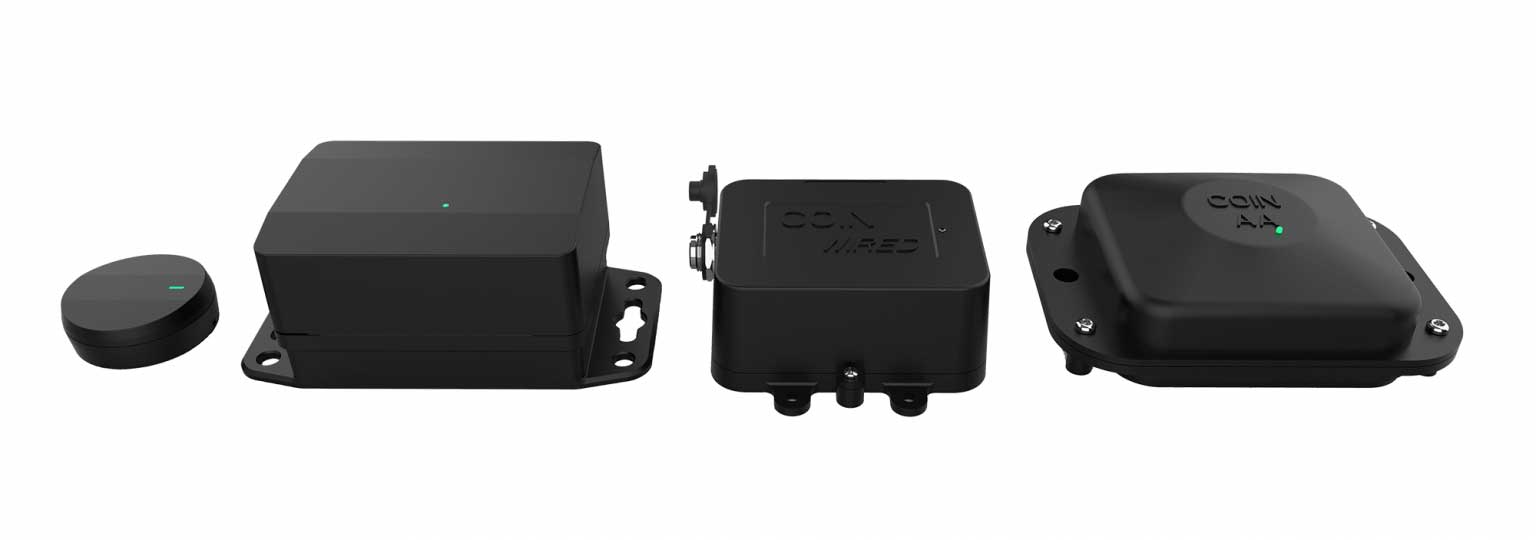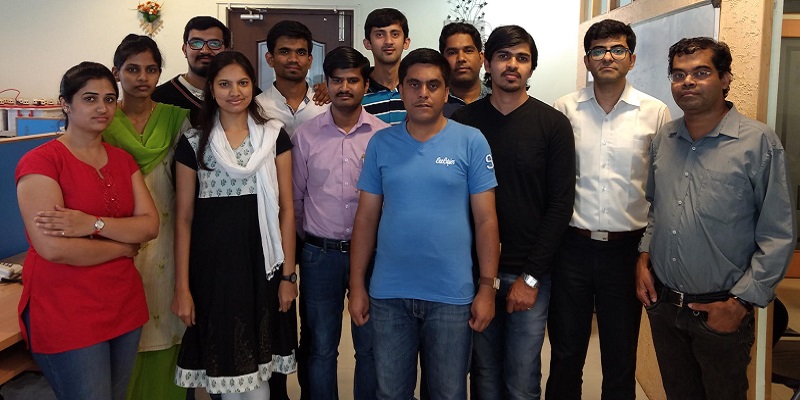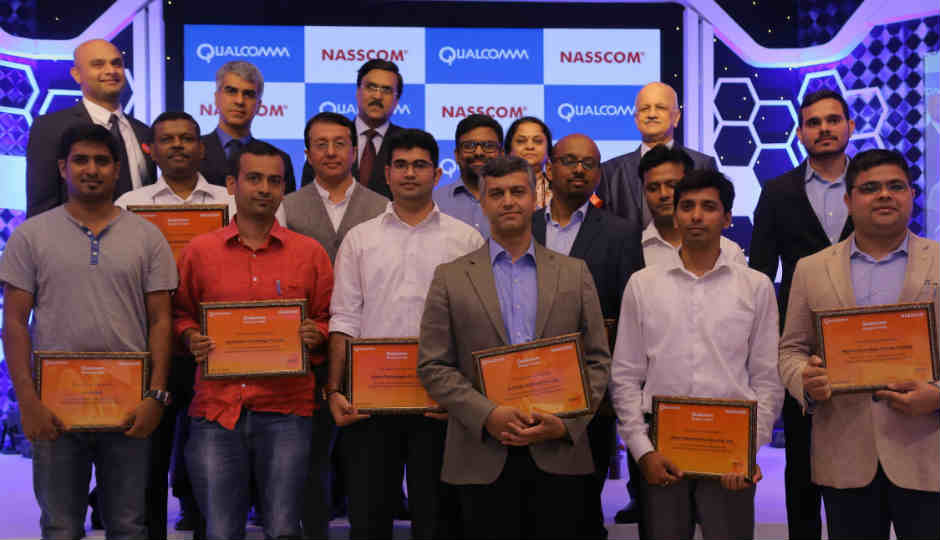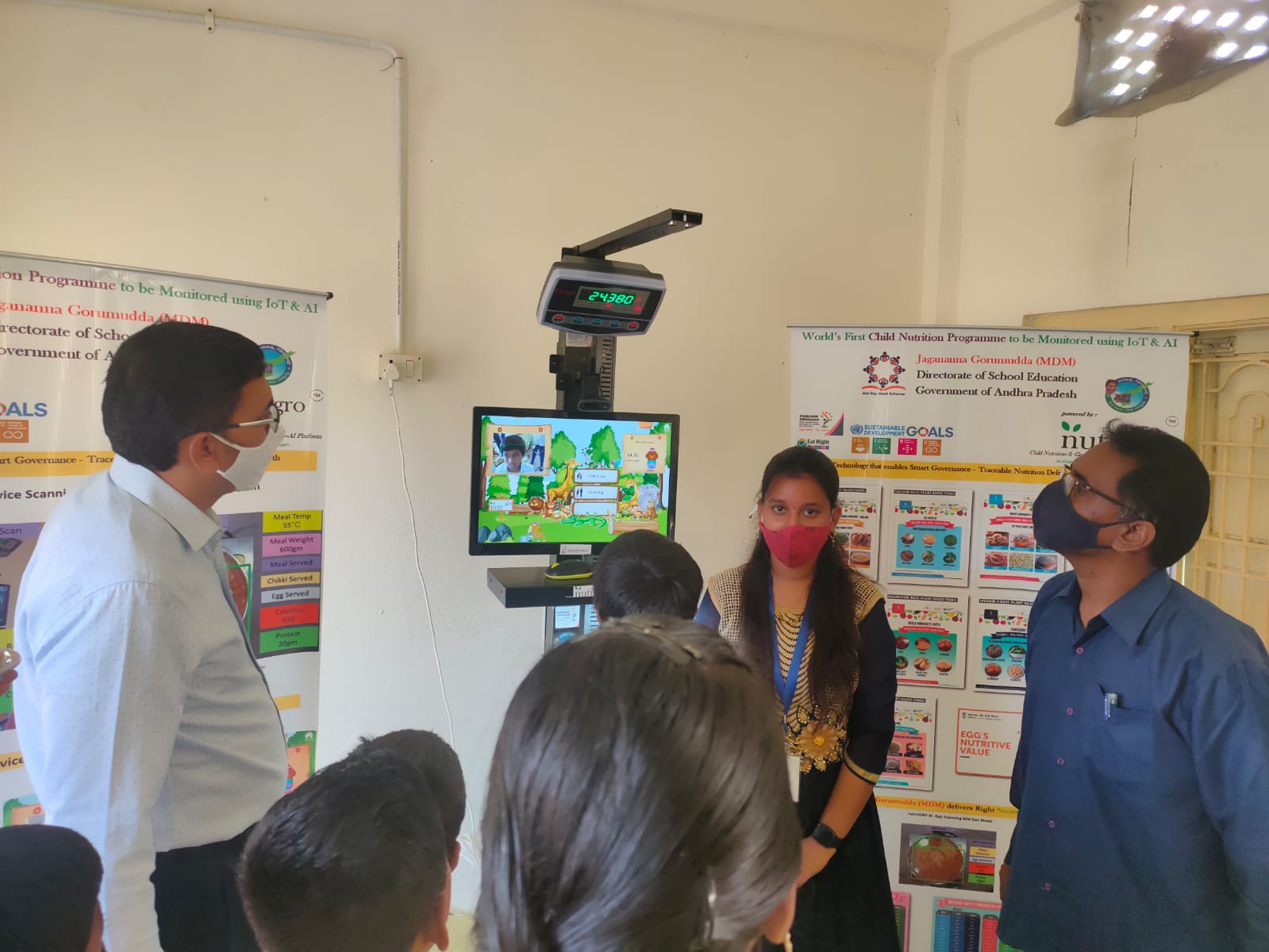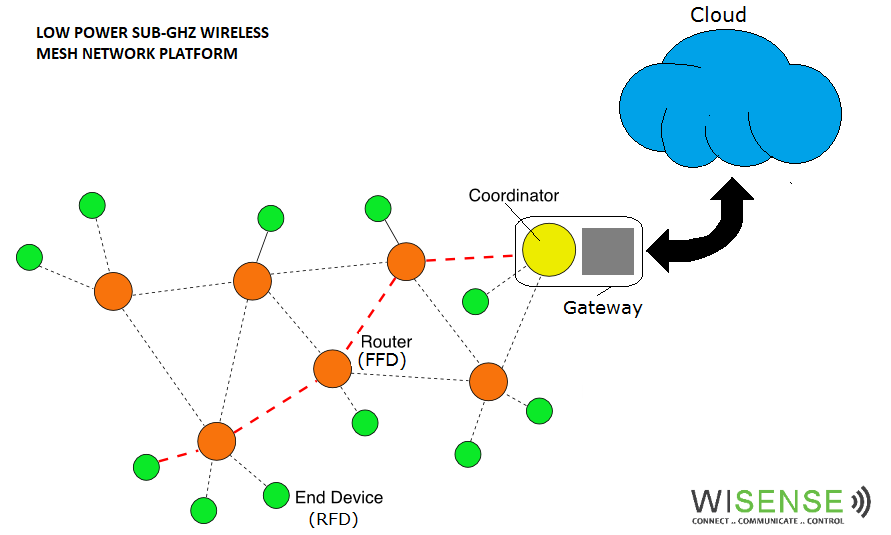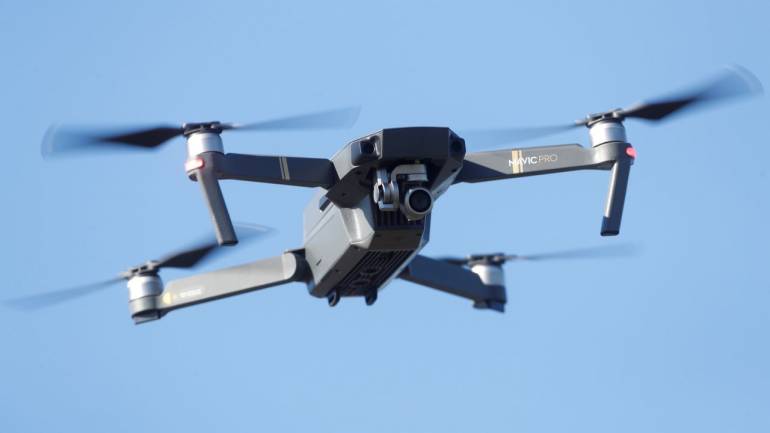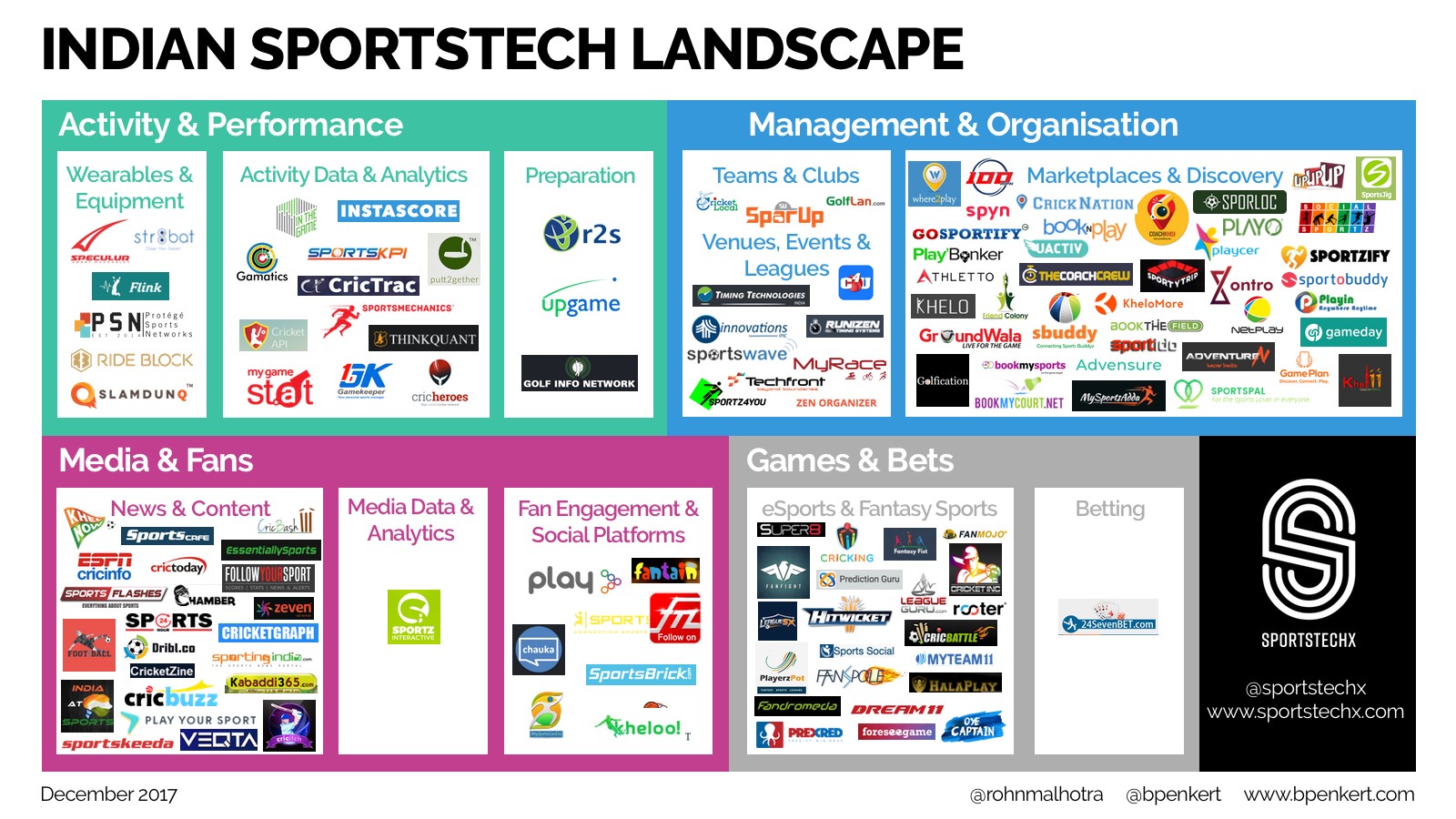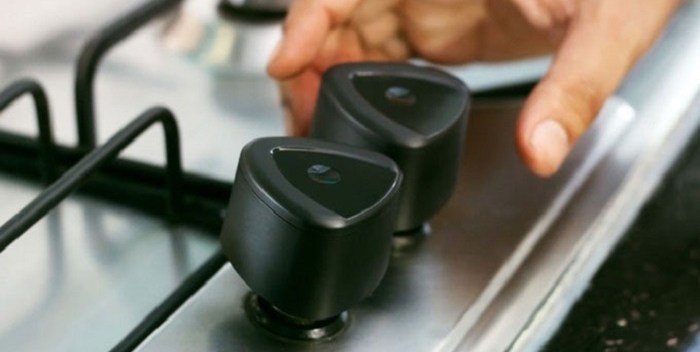
Story Highlights
- Manohar Sambandam, a tech entrepreneur-turned farmer, makes a robotic platform to harvest cotton. The trigger was rice and cotton harvests he lost due to lack of farm labour.
- The cotton picking robot has a tentative market price of Rs 4-5 lakh. The idea is to extend its use to pick strawberries and grapes, as also to weeding.
- While agri-tech robots are a hot area for investment in the west, they haven’t attracted much backing or been in deals in India.
Manohar Sambandam designed and programmed chips for 25 years at companies such as Texas Instruments and Broadcom. He did well for himself — earning a tidy pile from the sale of Athena Semiconductors, a WiFi startup he was part of, to Broadcom. It gave him the money and confidence to turn to farming in Thiruvarur, a temple town in Tamil Nadu less than 30 km inland from Nagapattinam on India’s eastern coast.
Hailing from a farming family, Sambandam was curious to see if it could become an economically viable profession. His plans seemed sound at first. “I had all of this figured out in a spreadsheet,” he says, laughing.
Sambandam experimented with growing rice at first and was able to grow a good crop on his 12.5-acre farm land. But he couldn’t harvest it due to lack of access to labour. His crop was ready for harvest 15 days before everyone else’s in the surrounding area. His farm didn’t have access for a paddy harvester to come in. “The machines will only come if there are enough people who are going to use it. So I actually lost the crop the first season,” he says.
He next tried to grow a special breed of extra-fine cotton, which fetches a much higher price than rice, again met with the same fate.”I wasn’t able to get people to pick, as this particular breed of cotton does not burst very well. When you pick, you have to use your hand — and the shells create a sharp edge, and you can hurt your hand. People were not willing to pick it,” he says.
That’s the backstory to Sambandam’s cotton-picking robot that seems to be India’s first of its kind agri-tech robot. In later iterations, it could be used to harvest other produce such as strawberries or grapes or even weeding. The robot, at the prototype stage, could well be the first of its kind in India.
And, by the looks of it, he may be on to something. His three-year-old startup, Green Robot Machinery was a winner at the recent Elevate 100 program, held last week, run by the Karnataka government to support entrepreneurship. In 2016, the startup, which Sambandam had put Rs 50 lakh of his personal money into, also received incubation and funding from Villgro, a social enterprise incubator.
At present, a core team of four people works at the startup, with consulting teams based out of Chennai and Noida providing help with the mechanical and vision challenges of creating a farming robot.
Besides the risk of hurting your hand, there were other reasons a specialised robot for harvesting Indian cotton made sense. The US and Europe use cotton varieties that bloom synchronously, all at the same time, to enable mechanical harvesters to reap the crop in one go. But these varieties don’t suit Indian conditions as the local cotton breed that blooms at separate time intervals.
A look at the MVP
When I visit the Green Robot lab in Brookfield, a suburb in east Bengaluru, the latest prototype of Sambandam’s robot has a glitch and is not working. But the team shows me videos of the robot in action, on the field and in lab conditions. Its ability to use machine vision to detect and pluck cotton bolls individually is evident.
The robot is calibrated to suit the contours of an ideal Indian cotton plant, which has 20-21 branches in a staircase position and is about three feet in diameter. In the latest prototype, the robot uses a six degrees of freedom arm, so that it can approach the cotton boll from the side. It uses path planning algorithms and inverse kinematics to guide the arm, and avoid the branches.
The robot is able to detect cotton through image processing, without the need for deep learning algorithms, Sambandam says. “One of the issues with deep learning is that it is very compute intensive — not for matching, but learning and matching. Training is very compute intensive,” he says.
The vision technology that guides the arms is fascinating from a technology standpoint. The robot creates a 3D profile of the plant, so that it can be programmed to avoid its arm running into the plant’s branches. For depth sensing, it uses the structured lighting feature of Intel’s RealSense stereo camera. “It’s a new technology where you don’t need to know what is the object, but you actually flash something in an IR spectrum, and you can detect the depth faster,” he says.
The arm is fitted with a tube that has vacuum maintained in it that sucks out the cotton boll and collects it in one go. There are a couple of advantages to using a vacuum tube — there’s more leeway in terms of the direction of approach of the robotic arm, and it’s a more time efficient way of depositing it. Green Robot is targeting an average speed of two seconds per cotton boll. “Our idea is to have at least four arms so that we can target 90 degrees with one arm, and this machine moves over the row of plants and picks from the side,” Sambandam says. The lab prototype that was shown to me had one arm.
These arms are mounted in a machine which is supposed to move over a row of plants. The robot is semi-autonomous, or human operated, as moving it through rows of cotton has to be done manually. The team is aiming for an efficiency of between 250 kg and 500 kg per day — about 5 to 10x efficiency compared to manual labour.
“If we perfect the arm, then everything else is scaling. With more arms, you can pick more. If I can do multiple rows, I can pick, at an even faster rate. There are still some challenges in multi-row picking, but the vision and the arms are the fundamental thing,” says Sambandam. While the robot is electromechanical, it is ideally powered by an internal combustion engine, he says.
It will take two to three more crop cycles before the robot is ready for production, Sambandam says, but an MVP, short for a minimum viable product, should be in the hands of customers for testing by the year-end.
Green Robot is looking to sell these robots to FaaS (farming as a service) companies, and large farmers, at a tentative price of Rs 4 lakh to 5 lakh. The team is also keen on repurposing this robot for other agricultural use cases — such as sorting produce by quality, and de-weeding.
“There are strawberry picking machines, very specific machines for the agricultural domain. There’s a pruning machine in the vineyard. This is the state of the art, happening in the rest of the world,” Sambandam says. “What we’re building is kind of a platform, which is useful for other crops, because it will be customised in the software.”
Will it find takers?
Indian agritech startups have raised over $124 million since 2013, excluding debt, grant and post IPO funding rounds, according to startup analytics firm Tracxn. Almost 50% of that investment happened in 2016. But, farm automation hardly seems to be on the radar. A majority of the investment dollars has gone to biotech firms (43%) and companies providing market linkages (49%).

That said, robots are coming for the farming sector, as a global trend. Abundant Robotics, California, US maker of apple harvesting robots raised $10 million in funding in May this year. Y-Combinator’s latest batch includes Modular Science, which aims to automate 99% of the process involved in vegetable farming at $2,000 per acre. While the unit economics do not make sense in India, they do so in other countries where labour is expensive.
Access to more formal credit at lower interest rates and crop insurance are two things that the Indian farmer needs more than robots or drones, says Sahil Kini, Principal at Aspada Investments, a Bengaluru-based early stage venture capital firm. “It’s always about business model innovation over technology, if you look at the landscape in India. 85% of India’s farms are one hectare or below,” he says. In other words, farmers are stuck with subsistence farming.
If at all any capital is available, it will go into quality seeds, fertilisers, micronutrients etc., Kini adds.
Still, there might be some buyer interest among farmers with slightly larger holdings. “If the robot delivers on the specs you mentioned, it could make sense to buy one, considering human-operated battery powered cotton vacuum machines cost around Rs 2-2.5 lakh,” says Tushar Sheth, a cotton farmer and trader with a five-acre land holding in Rampura, Gujarat.
“An investment of around Rs 4 lakh will incur an additional interest cost of Rs 48,000 per year (in a bank loan). The cotton harvesting period is short, around one month at most. So, it should pick a handsome amount of cotton, only then will it be viable,” says Malkiat Singh, a cotton farmer from Fazilka, Punjab, adding that labour costs are around Rs 10/kg of cotton in his area.
What about the FaaS companies? Adwitiya Mal, Executive Director, at EM3 Agri Services, a FaaS company from Uttar Pradesh, says Green Robot’s cotton picker’s success will depend on how the farming ecosystem evolves. “Cotton requires the ecosystem to come together for any changes. The genetics need to be modified and so do the requirements of the ginners (the buyers of the crop in this case) for us to meaningfully move the needle on mechanisation,” he says. “That said, if a solution replicates and makes more efficient the current labour practices, I can see a business case and would certainly be interested.”
For Sambandam and India’s first agri-tech robot, that can only be encouraging.
Courtesy- Factor Daily
Related posts
Portable ECG device helps save lives in rural areas, reduces cost for patients
This IoT startup plugs holes in your leaky bucket
Working In Hazardous Conditions? Worry not, IoT Comes To The Rescue
Transforming Sports Gear into Smart Devices to Deliver Real-Time Analytics
Medtech takes centre stage at AIRmaker’s new batch of 8 IoT startups
LHIF Report Nov 2018
WiSense: engineering veterans provide a platform for Internet of Things ideas
Nestle picks up SilverPush and IotPot for its ‘next big project’
SeeHow Announces Smart Cricket Coaching System in Partnership with Rx Cricket Academy
SenseGiz-A vision to make the world appreciably productive, safer and secure place to live in!
Qualcomm Announces Top Eight Finalists for Cycle I of Qualcomm Design in India Challenge II
Here comes the Robot Reaper
Qualcomm selects three startups for $100K design prize
AI for an Eye Makes The World Better For The Visually Impaired
The Evolution of Bluetooth: From Entertainment To Smart Buildings
Projecting revenues of $250K, Cardiotrack is transforming how primary healthcare functions
A Billion Dollar Market – India’s Health Insurance Market Is At A Precipice Of Change
Cardiotrack partners with Columbia Asia Hospitals to provide AI-based solutions in cardiac care
From Womb To Cloud: This Startup Is Monitoring Maternal Health Using Smart Wearables
Villgro funds agri start-up GRoboMac
Here Are 3 Startups From India You’ll Want To Watch In 2017
4 Bengaluru startups will work with Airbus to shape the future of aerospace
Universal Healthcare- Digital Propulsion 30th April 2019 at Shangri La’s Eros Hotel- Delhi
Qualcomm to announce tech startup winners of $100,000 Design in India challenge today
Driving Digital Awakening Across Enterprises Today
When All Else Fails, This Internet Network Can Bail You Out Of A Crisis
Get Set, Co-Create: This Startup Is On The Fast Lane To Innovate With Mercedes’ Startup Autobahn
Avanijal’s app irrigates fields while helping farmers save water and sleep!
GE Healthcare India Edison[TM] Accelerator: The first-ever global startup collaboration program!
Hardware startup Sensegiz catches fancy of KARSEMVEN, raises $500,000
STR8BAT gives INSTANT, VISUAL and ACTIONABLE IN-SIGHTS, HELPING PLAYERS PLAY BETTER EVERYDAY
Your Local APMC-Mandi Just Got Smarter
Exclusive: Former Snapdeal exec Anand Chandrasekaran backs Uncanny Vision
IoT India Congress recognises top three IoT focussed thought leaders and Start-up in India
Overview of the Indian #sportstech landscape
Data-driven insights for an improved game on the cricket field
How Industries & Innovators Can Leverage The Power of Digital Technology in Manufacturing
BFSI – Strategy Innovation Group (BFSI-SIG)
IoT Pot plans to take cooking Knob to US
Reliance’s Unlimit, IBM collaborate to power IoT innovation in India
Baby Steps Towards A Better Future
Say hello to #LHIF
Cardiotrack collaborates with iMMi Life for cardiac care
What Lies Ahead For India’s High-Potential Clinical Trial Market?
IoT industry should have common standards: Teaotia
Oh Baby! Deep Technology Learns To Rock
Nasscom Discussion
Latest News
Recent Posts
- The Future of Incubation: What the Next Generation of Startup Support Looks Like April 29, 2025
- The Impact of AI in Healthcare April 22, 2025
- The Evolution of AI & Industry 4.0 – What’s Next? March 26, 2025
- Disrupting Supply Chain Management: Meet Startups Driving Innovation March 17, 2025
- How MeitY-nasscom CoE is Championing Open Innovation in India February 13, 2025



